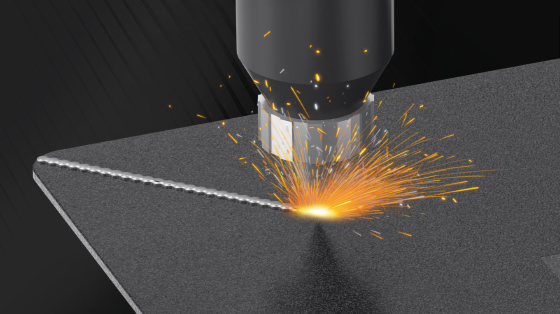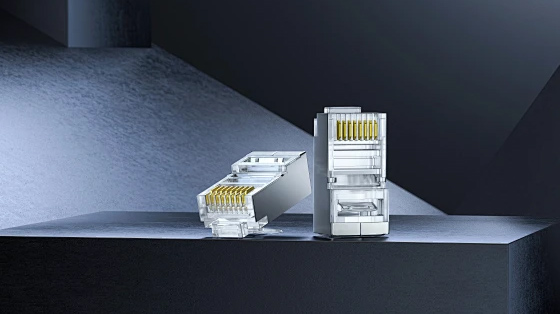EMC Basics: Chip Bead Ferrites
3/9/2023 11:11:30 AM
What Are Chip Bead Ferrites

A chip bead ferrite is nothing more than an inductor. It is used to remove unwanted noise at high frequencies on supply voltage lines, ground planes, and data signals.
Remember the law of conservation of energy, which states that energy can be neither created nor destroyed - it can only be converted. That's exactly what a chip bead ferrite is doing in this application. It is transforming unwanted signal energy into thermal energy. In other words, it's converting the unwanted signal into heat.
In order to maximize the impedance of an unwanted signal, you need to choose the appropriate material with the best characteristics to absorb the specific frequency you're trying to attenuate. This material must also be non-conductive to ensure it does not short the cord. All of Wurth Electronics Midcom's chip bead ferrites use nickel zinc because of its non-conductive material.
What you end up with at the end of the day is a frequency-dependent resistor. If you take a look at this image, you can see the parasitics of a chip bead ferrite. We need to always be cautious of these because a chip bead ferrite has inductance, capacitance, and resistance. We'll get into this further as we move along.







